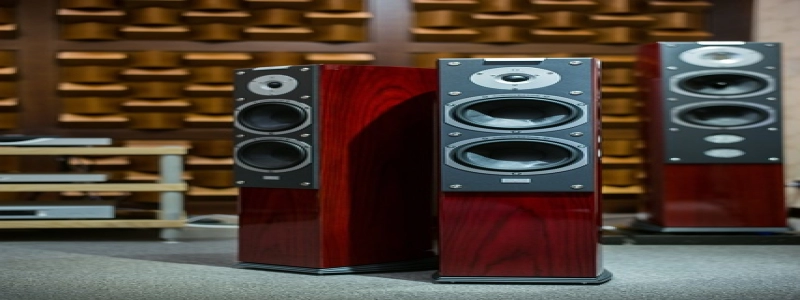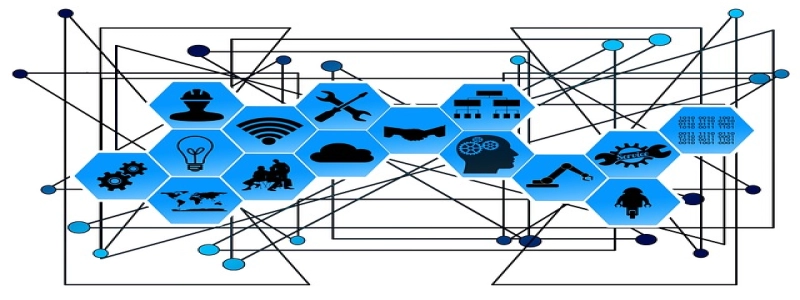Fiber Connector Types
Introduction:
Fiber optic connectors play a crucial role in maintaining reliable and efficient communication networks. They are used to connect optical fibers, ensuring the seamless transmission of high-speed data over long distances. In this article, we will explore different types of fiber connectors and their unique features.
I. SC Connector:
The SC (Subscriber Connector) connector is one of the most popular and widely used fiber connectors. It features a push-pull latching mechanism, allowing for easy and quick installation. The SC connector has a single ferrule with a 2.5mm diameter, making it suitable for both single-mode and multimode fibers. It provides low insertion loss and excellent return loss, making it ideal for high-speed applications.
II. LC Connector:
Similar to the SC connector, the LC (Lucent Connector) connector is also widely used, especially in data communication networks. It is known for its small form factor, with a ferrule size of only 1.25mm. This makes it highly suitable for high-density applications, such as in data centers and telecommunication systems. Despite its smaller size, the LC connector provides excellent performance in terms of low insertion loss and high return loss.
III. ST Connector:
The ST (Straight Tip) connector is one of the oldest fiber connectors. It features a bayonet-style design, making it easy to connect and disconnect. However, the ST connector has a larger ferrule size of 2.5mm, limiting its use in high-density applications. It is commonly used in local area networks (LANs) and delivering high-speed data in industrial environments. The ST connector is available in both single-mode and multimode options.
IV. MTRJ Connector:
The MTRJ (Mechanical Transfer Registered Jack) connector is a popular choice for duplex fiber connections. It combines two fibers in a single ferrule, reducing space requirements and simplifying installation. The MTRJ connector utilizes a latch mechanism similar to RJ-style electrical connectors, making it familiar and user-friendly. It is commonly used in fiber-to-the-desktop applications, where space efficiency is a priority.
Conclusion:
Choosing the right fiber connector type is critical for achieving optimal performance and reliability in fiber optic networks. The SC, LC, ST, and MTRJ connectors are just a few examples of the various types available in the market. When selecting a connector, factors such as application requirements, available space, and desired performance should be considered. By understanding the features and advantages of each connector type, network operators can make informed decisions to support efficient and seamless data transmission.







